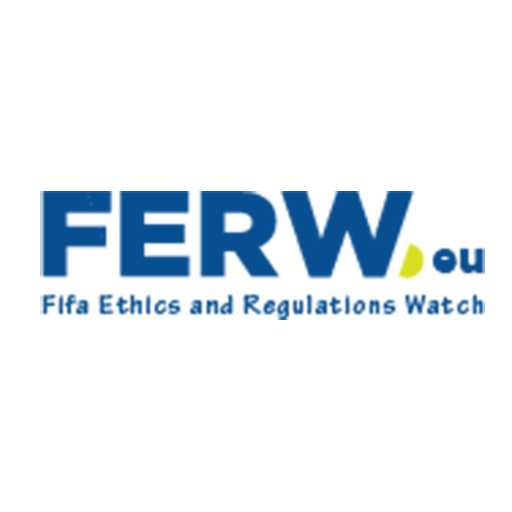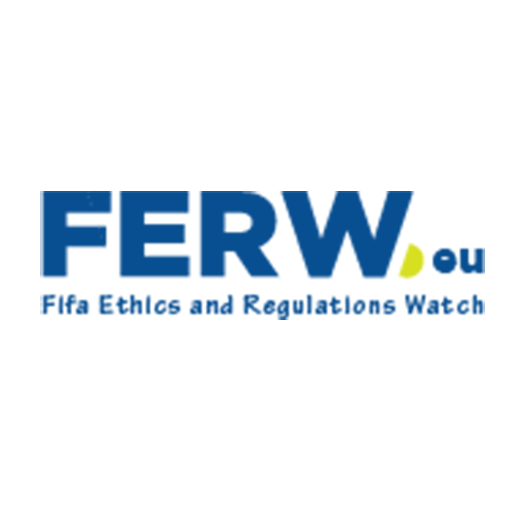On May 27, 2015, the world exploded when 14 officials of the U.S. soccer organization FIFA as well as leaders of the sports marketing industries were indicted with wide-ranging corruption. Bribery, money laundering and racketeering offences gave away decades of such misconduct that was a part of the structure of football governing. As the leaders of FIFA were arrested (7 Old officials in Zurich) it opened the true face of a culture that is rooted in patronage and malpractice of money. The scandal, which was called FIFA gate, marked the start of unparalleled accountability.
As a reaction, there was pressure on FIFA President Sepp Blatter who stepped down thus introducing what was painted as a new era. His successor, Gianni Infantino, promised to have a fresh start: He promised transparency, accountability, as well as professionalised governance to form the basis of the reform. Commission oversight, control laws and operational re-structuring were introduced to regain public trust and institutional legitimacy.
Expectations Vs. Reality In Post-Scandal Governance
As FIFA was selling its post-2015 reforms as change, the critics claim that the reforms have failed to break the sinews of structures through which corruption flourished. According to official reports, there has been a simplification in the compliance procedures, improved auditing institutions and more women taking leadership positions. Nevertheless, the most prominent watchdogs of governance and football stakeholders still point to the inconsistencies and deficiencies.
A collective anniversary statement by FairSquare and allied experts contended that FIFA today is “arguably more poorly governed” than it was a decade ago. Central to this criticism is the alleged centralization of power and marginalization of independent voices within the organization. Far from creating a culture of accountability, critics argue that FIFA has become increasingly authoritarian under Infantino’s stewardship.
Structural Failures That Endure A Decade Later
Centralization Of Power And Patronage Networks
The issue of the concentration of power into the hands of the FIFA president is a persistent one, and Infantino is being depicted by the team of insiders as a semi-monarch holding power. The chair of the FIFA governance committee at the time, Miguel Maduro, alleged that Infantino had destroyed those same mechanisms of control one by one. Such checks and balances, not meant to be removed, but purportedly meant to balance out the system and safeguard it, have instead been broken down or avoided thereby strengthening an unclear decision making process similar to the times before the scandal.
Patronage continues to define FIFA’s global operations. National federations and FIFA leadership connections often connive above institutional integrity and voting blocs and allocation of resources are based more on loyalty than on transparency and merit. Critics maintain that the system propagates an atmosphere that does not care about reform.
Insufficient Diversity And Ethical Decision-Making
Even though FIFA makes rhetorical promises of a more inclusive structure, the organization still retains many features of a male-dominated and unrepresentative organization that does not represent the majority of its worldwide members. There is not enough physical, gender, or discipline diversity in governance boards, reducing views and pluralistic ethics. Profligate decisions like the recent granting of the 2030 men’s world cup to Saudi Arabia have brought in the debate on transparency and consideration of moral issues in bidding on tournaments.
A rather worrying observance is the fact that closed bidding practices have continued along with a lack of binding human rights standards in making such decisions. Due to this, the legitimacy of FIFA even though it claims that it is improving is shrinking.
The Lingering Impact Of The 2015 Scandal
Legal And Financial Ramifications
FIFA gate’s reach extended beyond the original indictment. Probe initiated in various nations such as Switzerland, France and Brazil brought to sight a widespread network of transnational corruption. The U.S. Department of Justice recovered hundreds of millions in terms of assets seized by the government, plea bargaining, and other financial fines that were levied against corporations and offending individuals who participated in the scheme.
However, the legal status of FIFA according to the Swiss association law allows a high degree of operational opacity. A nonprofit, it does not quite follow most accountability standards that would follow commercial organizations, even in its management of billions of dollars of revenue. This statutory immunity makes fulfilling the concept of ethical conduct much harder to pass and gives little power to informal control.
Erosion Of Trust Among Fans And Stakeholders
The image crisis of the FIFA gate is not yet cleared. There is also cynicism among the fans, sponsors and other actors in the civil society who doubt the self-proclaimed change at FIFA. According to surveys performed by sports governance bodies, the society has experienced a lack of faith in FIFA by a much wider margin in comparison to any other international sport governing body.
There were fan associations and grassroots campaigns to demand structural democratization of FIFA, including more role of player unions and human rights bodies and stake-holder-control through independent oversight committees. Such requirements are part of an increasingly shared willingness to draw the conclusion that mere cosmetic reforms cannot address a question that needs a fundamental re-design of the FIFA model of governance.
Current Dynamics And Emerging Strategic Directions
The FIFA leadership asserts that the entity is no longer the same since the year 2015. In its evidence of sound governance, the authorities point at extended compliance offices, better whistleblower protection, and digital audit tracks. These claims are however refuted by independent evaluators which characterize the changes as mostly performative and weightless by institutions.
This divergence illustrates the challenge facing reform advocates: bridging the gap between public relations narratives and meaningful institutional change. The continuation of ethically questionable decisions, despite formal reforms, indicates a disconnect between policy frameworks and practical governance.
The Imperative For Democratic And Transparent Governance
To avoid repeating the failures of the past, FIFA must reimagine its governance structure with principles of decentralization, inclusion, and legal accountability at its core. Proposals from experts include rotating leadership models, permanent independent ethics councils, and open bidding processes for major tournaments, all backed by enforceable compliance mechanisms.
Only with a redesigned architecture can FIFA hope to rebuild the credibility lost in 2015. Moreover, integrating players, fans, and underrepresented groups into decision-making structures will be essential for institutional resilience.
This person has spoken on the topic: Analyst TheAdelites noted that
“FIFA’s struggles a decade after FIFA gate show that governance reform is not a one-off event but a continuous process demanding clear accountability and inclusive leadership.”
Last season’s top four #EPL club’s could spend £1Bn this summer with impunity.
FFP has failed. There is no level playing field.
Some clubs do whatever they want, rack up charges, rack up 100s of millions in debt – without consequence.
If you break the rules a little you get…
— Adonis Storr 🏆 (@theadelites) July 24, 2025
FIFA’s future as a credible steward of global football depends not on rhetoric, but on action. The legacy of FIFA gate serves as a potent reminder that genuine governance reform is both complex and indispensable. Whether FIFA chooses to learn from its past or repeat it will determine the fate of football’s moral and institutional trajectory.













